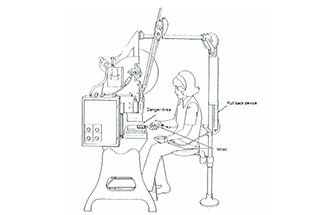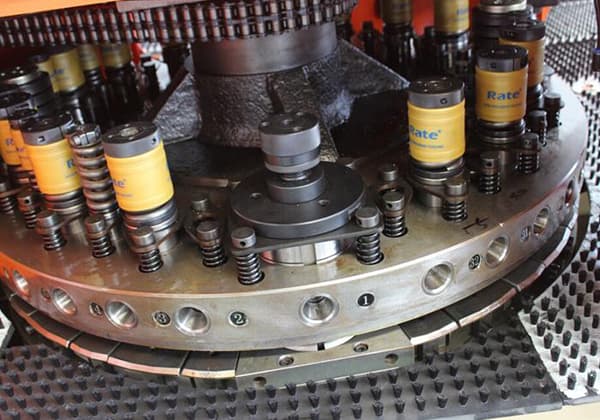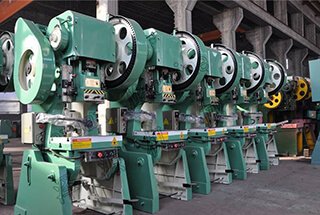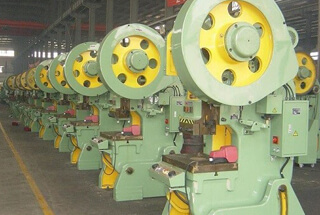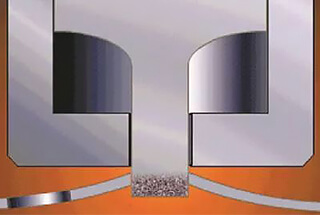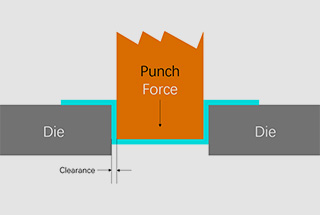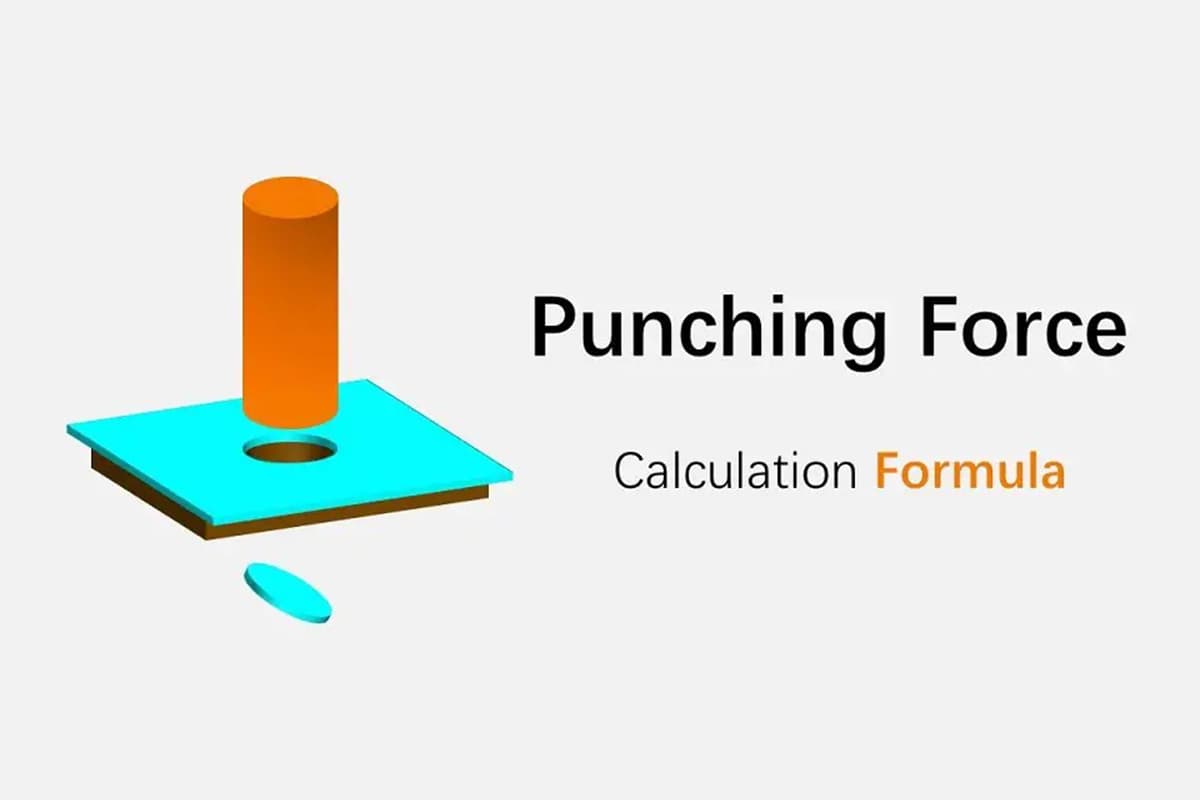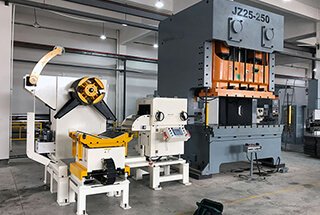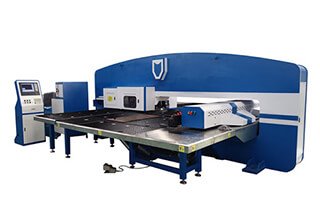
Imagine your hand caught in the powerful jaws of a machine – a nightmare for any punch press operator. This article outlines 12 crucial safety precautions for using a punch press, from reading the manual to maintaining safe distances. Learn how to protect yourself and others from accidents, ensuring a safer workspace.
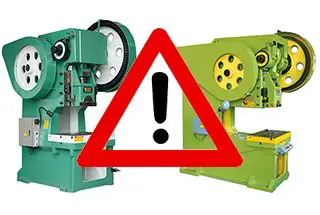
Every punch press operator must meticulously adhere to the following safety protocols to ensure personal safety and optimal machine performance:
1: Thoroughly review the manufacturer’s instruction manual before initiating operation of the punch press machine. Comprehension of the equipment’s specifications, capabilities, and safety features is crucial.
2: Prioritize the utilization of the bimanual function over the pedal function. This two-hand control system enhances operator safety by ensuring hands are positioned away from the point of operation during the press cycle.
3: Maintain a minimum safe distance of 680mm between the operation controls and the hazard zone (defined as the vertical projection of the stamping die). This clearance helps prevent accidental entry into the danger area during operation.
4: Under no circumstances should operators place their hands within the sliding block working area while the punch press is in operation. This zone presents a severe pinch point and crush hazard.
5: Workers must strictly adhere to all established safety protocols and standard operating procedures when utilizing the punch press machine. This includes wearing appropriate personal protective equipment (PPE) such as safety glasses, hearing protection, and steel-toed boots.
6: Implement a comprehensive training program for new operators, lasting a minimum of 3-6 months. This should cover machine operation, safety procedures, material handling, die setting, and troubleshooting techniques.
7: Conduct a thorough pre-operation inspection of the press machine, including checks on guarding systems, emergency stops, hydraulic/pneumatic systems, and electrical components. Document these inspections in a maintenance log.
8: Prior to production, operate the press machine for 1-3 minutes without material to verify proper functioning and detect any potential malfunctions, unusual noises, or vibrations.
9: Limit individual operator working time to a maximum of 8 hours per shift to mitigate the risk of accidents caused by fatigue or reduced alertness. Implement regular breaks and job rotation when possible.
10: Clearly display warning signage and implement lockout/tagout procedures when performing machine adjustments, die changes, or maintenance activities. Ensure all energy sources are isolated and secured before commencing work.
11: Designate a qualified individual to perform routine inspections and preventive maintenance. This should include regular checks on safety systems, lubrication points, hydraulic systems, and wear components.
12: Immediately cease operation and engage the emergency stop if any abnormal noise, vibration, or operational irregularities are detected. Report the issue to supervisory personnel and do not resume operation until a thorough inspection and necessary repairs have been completed by qualified maintenance staff.

